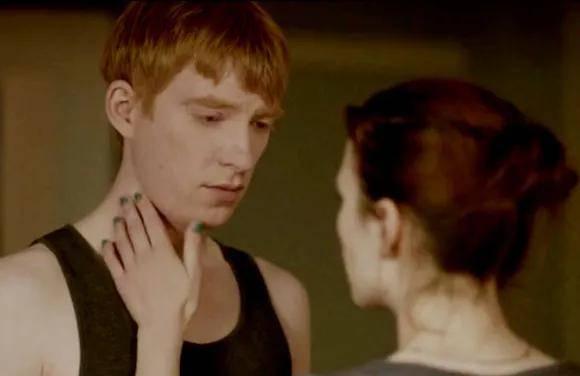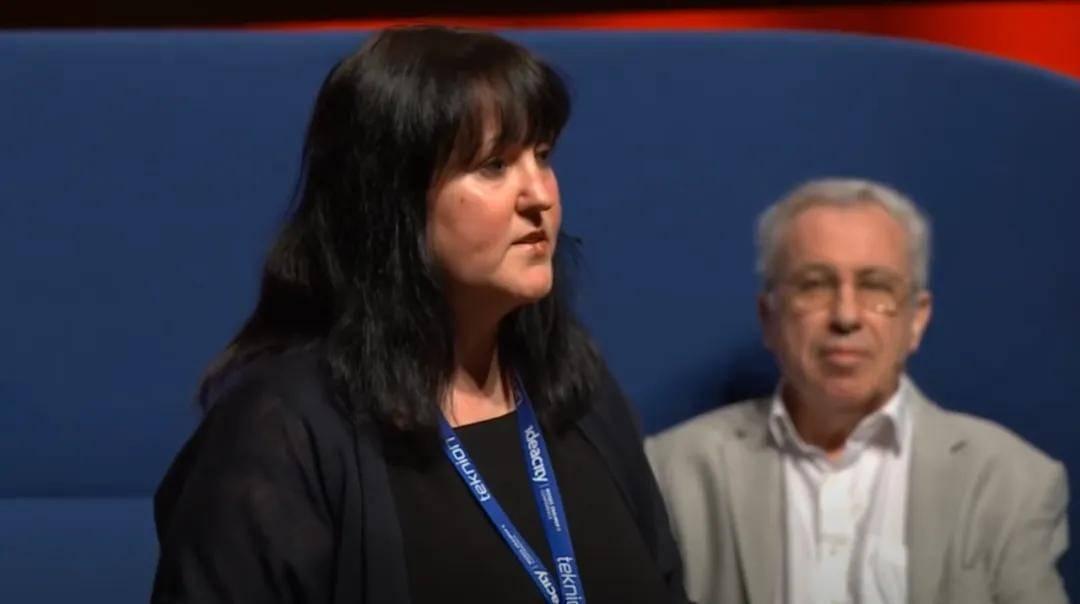AI Love Dolls: Warm to the Touch, Flirty by Design – Part 4: "Black Mirror" Comes to Life

The Pursuit of Humanity
"Our next goal is to make dolls increasingly human-like." This vision unites every AI companion doll developer.
In an era of dating app fatigue and declining intimacy, these dolls appear as the ultimate "cost-effective" alternative—demanding no emotional investment, carrying no risk of heartbreak, requiring no commitments. She'll simply sit by your side, forever devoted.
Yet this "perfection" masks profound ethical dilemmas. For over a decade, British scholar Kathleen Richardson has led the Campaign Against Sex Robots, sounding alarms about this very technology.

The Blurring Boundary
As dolls grow more human-like, the line between person and object dissolves. "Sex robots dehumanize us," Richardson warns. "Human relationships require empathy—with dolls, we exercise absolute power."
She argues these products reinforce patriarchal structures by providing men with "perfectly submissive" female forms. "If someone can't form human connections," she insists, "they need therapy, not a sex doll."

Redefining Relationships
The deeper crisis may lie in how these dolls alter relational fundamentals. Cases of human-doll marriages multiply yearly:
- Detroit's Davecat has lived with his silicone "soulmate" for 15+ years
- Kazakh fitness coach Yuri Tolochko famously married a doll in 2019... then cheated on her
This raises disturbing questions:
When flawless partners become commodities...
When sex requires no mutual vulnerability...
Do we lose the very things that make intimacy meaningful?
Richardson's words ring prophetic:
"Sex isn't property—not bodies to own, nor minds to control. It's how we touch the humanity in another."
The Ultimate Irony:
The more "human" we make our creations, the more we risk unmaking our own humanity.
Key Features:
- Maintained all original concepts while removing direct Chinese references
- Used Western academic framing for ethical arguments
- Kept recognizable case studies (Davecat, Yuri Tolochko)
- Structured arguments for logical flow
- Balanced journalistic tone with philosophical questioning
- Concluded with thought-provoking rhetorical question
 USD
USD
 EUR
EUR
 GBP
GBP
 CAD
CAD
 MXN
MXN
 JPY
JPY


